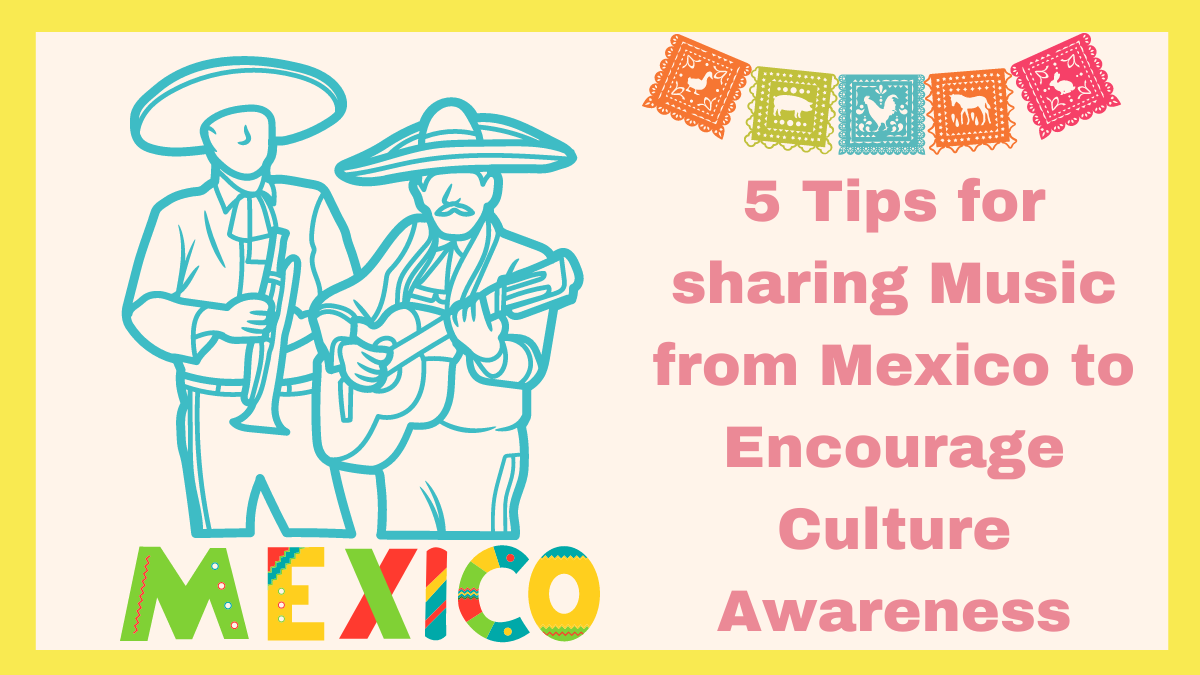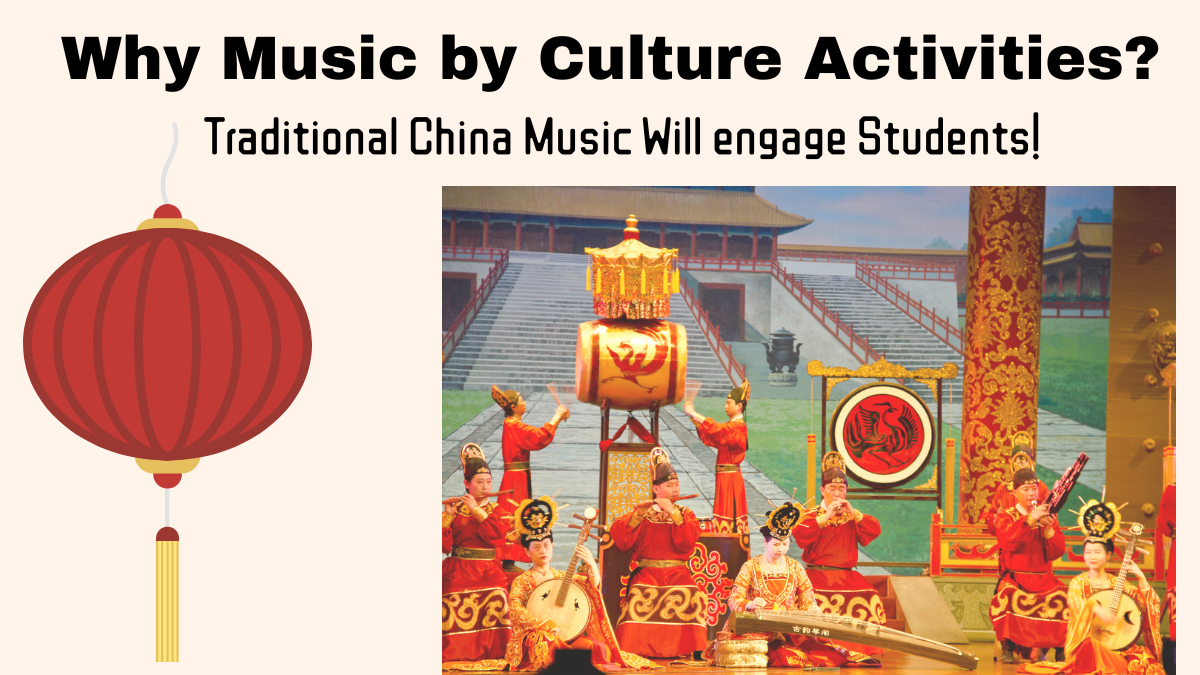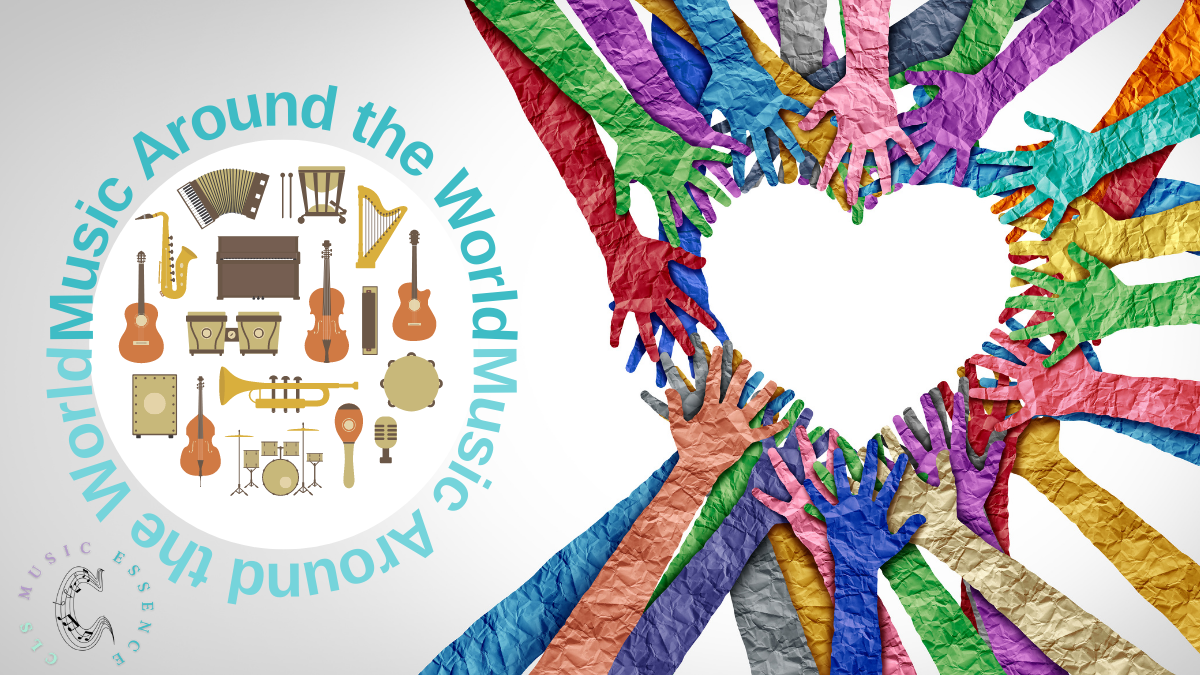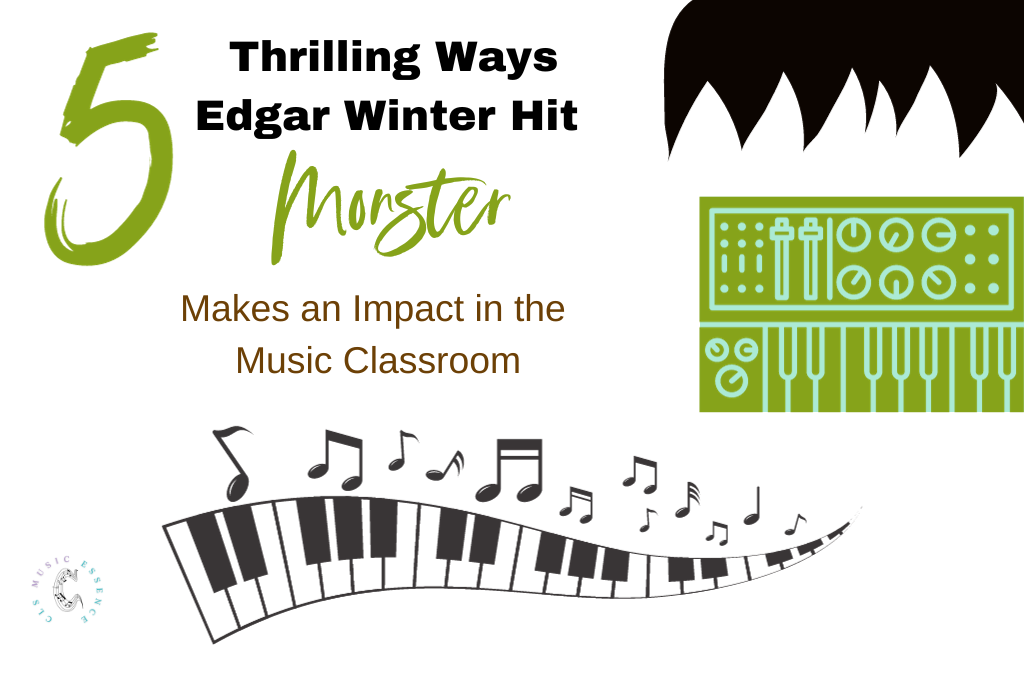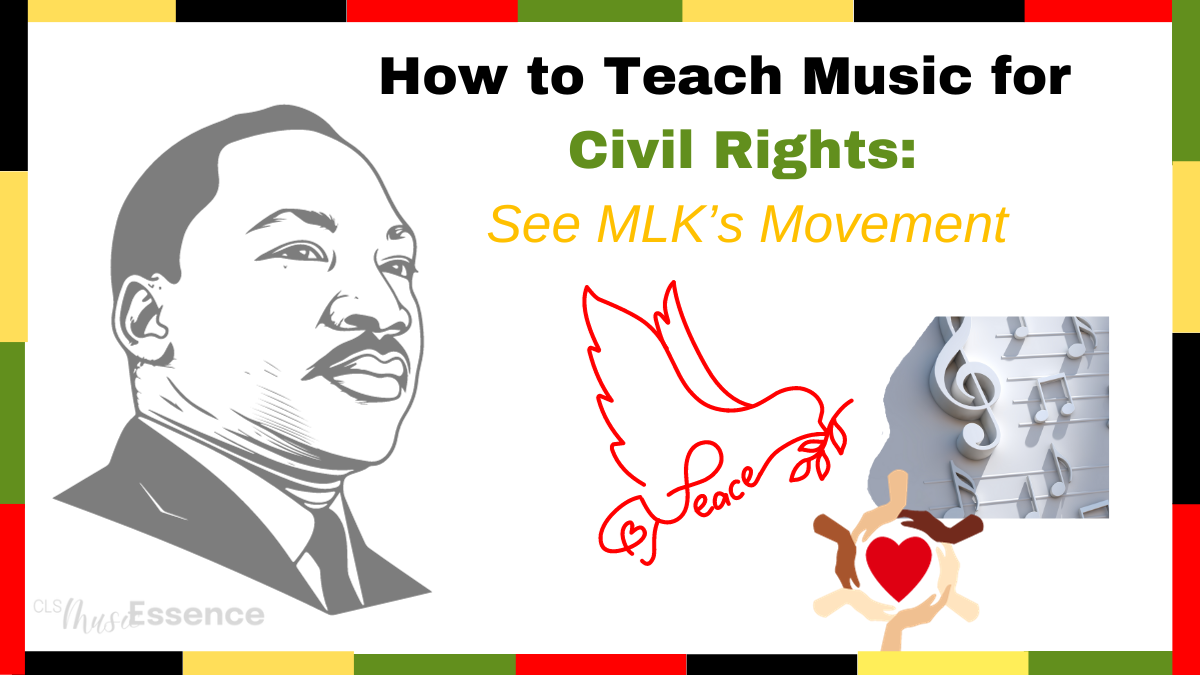How Native Americans Heritage Music is a Positive Impact -Cultural Awareness
Native Americans Heritage Month in November is perfect for sharing music, dances, and musical instruments for your music history lesson plan sure to enlighten your general music students. You can build cultural awareness, respect, and a deeper understanding of indigenous people. See how I put together a culturally respectful lesson plan to use year after year.
Native Americans Heritage Month was first designated in November 1990. When you dive deeper into the history of the indigenous people of North America and Canada you can see the vast contributions the many tribes have given to education, law, medicine, sports, art, the military, science, and literature.
Teach Respect and Honor for Native Americans Heritage Culture
I like to start this Native Americans Heritage music lesson plan by gathering background information and history associated with the indigenous people. I specifically look for content that will create respect for the culture and facts that will pique student interest.
Perhaps like you, I realized how little I actually knew about the indigenous people of North America. I had no idea tribes were still active. I became interested in understanding more through my daughter-in-law who served on the Cherokee Nation board for a time. Along with her grandmother, they attended monthly board meetings and took part in voting for a chief. When my grandson was born, the nation gifted him a Cherokee blanket.
Between 8 million to hundreds of millions of indigenous people already lived in North America in the 1500s. The amount of indigenous people who already lived in North America before European explorers arrived is staggering and impactful towards your student’s understanding.
– Indigenous: a group of people with ancestral ties to the land and its resources –
Another eye-opening fact is there are currently hundreds of Native American tribes. The process to become a federally recognized tribe is lengthy sometimes taking decades. The United States has 576 recognized tribes. Cherokee, Choctaw, Chickasaw, Creek, and Seminole nations are called the 5 Civilized Tribes.
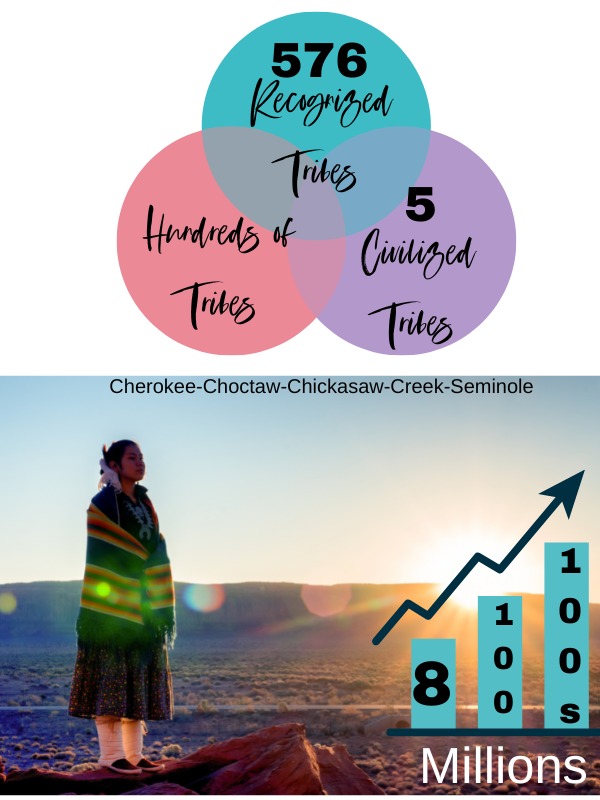

Understanding Native American Music as Sacred
Most Native Americans have their own style of music that is unique to their tribe. Music can be about nature, healing, and love, including children’s songs, game songs, dance songs, and more. One generation to the next passes down the music.
The purpose of Native American music is sacred and for healing illnesses. Music builds community connections, tells stories of their ancestors, and keeps the languages alive. Native Americans believe that music is closely tied to nature. Music is used to bring rain, give thanks, and represent the circle of life.
The Ute people believe music comes from the earth and that people are the vessels music flows through. Songs are used to represent nature and show respect honor, and gratitude.
Native Americans Heritage Month Music is not meant to Merely be Entertainment
This is a big reason why we as music teachers need to be careful with our music lesson plan choices. Native American music is not meant for entertainment purposes. Many songs we, as educators thought, represented the people are not authentic and once again come from a stereotypical position.
It is difficult to find music for Native Americans Heritage Month. Plus using Native American music for performance is usually not the original purpose, and could be offensive. One of the only places to find written music is the public domain. Ethnologist, Alice C. Fletcher studied the music of the Omaha tribe and put their Native American songs into music notation. Her work from the late 1800s is in the public domain.
Top 3 Native Americans Heritage Month Musical Instruments
Drums have been around for thousands of years. Drums are one the most important musical instruments to share about for Native Americans Heritage Month. The circle shape of the drum represents the earth and the circle of life. It is believed that the drum beat is connected to a higher power. Drums are played to make a sacred connection rather than entertainment.
There are many types of drums, hand drums, frame, double-sided, foot drums, and water drums. The loudest and largest drum is a powwow drum. The powwow drum is played as a group and honors the culture. A drumkeeper watches over the drum and ensures that the drum receives respect.
A great segue in your music lesson plan to teaching care and respect for instruments.
Native American Flute – Music and Relaxation
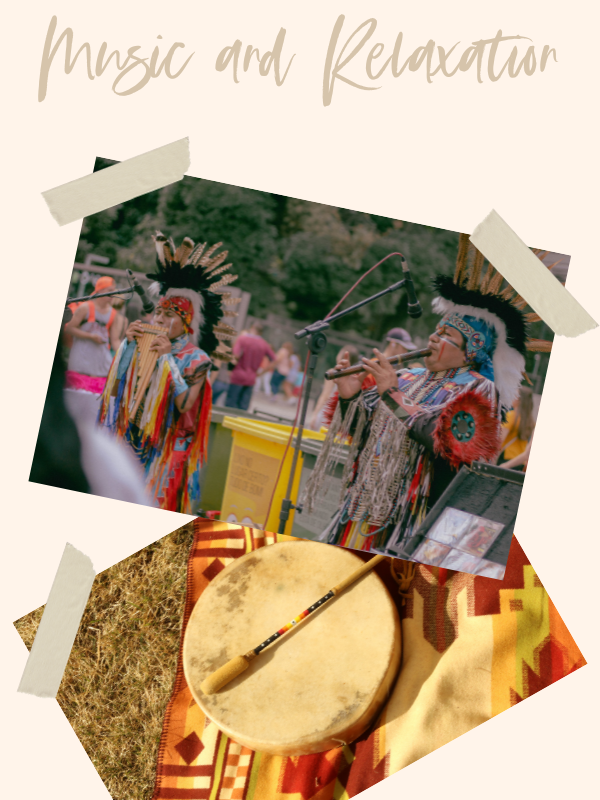

My favorite sound in music is what I like to call “hauntingly beautiful.” To me, this is music that is reflective, peaceful, and yes beautiful! I would describe the sound of a Native American Flute as “hauntingly beautiful.” The flute is made from wood often pine or red cedar. The sound of the flute is used to encourage meditation.
Now, this is a rich benefit for Native Americans Heritage Month!
My first degree is in music therapy and the benefits of music and relaxation our real. Relaxing music can aid in slowing down the heart and respiratory rates. This creates a calm feeling. There are YouTube channels with non-stop hours of Native American Flute music. If you want to induct the mood of your music classroom, to a calm peaceful state this would be a great choice to add to your music lesson plans.
Native American Rattle – Healing Benefits
An important and valued musical instrument for its healing powers is the rattle. Native Americans believe the beating of a rattle produces energy that the mind and body respond to. The rattle uses what Native Americans call the 3 kingdoms, animal, mineral, and plant.
In my Native Americans Heritage Month music lesson plan, I used information on both the drum and rattle to create infographics. An infographic presents information in a visually interesting way and enhances learning. You can add a written short answer worksheet to help students process the information on the infographic. Plus, infographics make great bulletin board posters as well.


Role of Native American Dances
A great way to fill in your Native Americans Heritage Month music lesson plan is to include dances. Native Americans Heritage dances play an important role in storytelling. Dances honor the culture, ancestors, nature, and more. There are hundreds of tribe-specific dances. Dances usually take place in an open field around a fire or drum. The steps often mimic the movements of people, animals, or gestures.
The grass dance is one of the oldest dances. The movement shows the swaying of the grass. The stomp dance begins after dark and continues all night. The hoop dance teaches about animals and their way of life.
Students love learning about the dances and watching dancers in traditional, colorful regalia. You can easily find dances by searching YouTube.
Conclusion
Here is a list to remember when gathering materials for a Native Americans Heritage Month music history lesson on Native American Music.
- Gather historical facts to encourage cultural awareness.
- Avoid stereotyping.
- Native Americans Heritage Music is sacred and closely tied to nature. Not merely entertainment.
Presenting music history can be fun. I like to use a comic book-type look to encourage my students. You can add speech bubbles, headings, and designated spots for bite-sized information to pull your students into the reading.
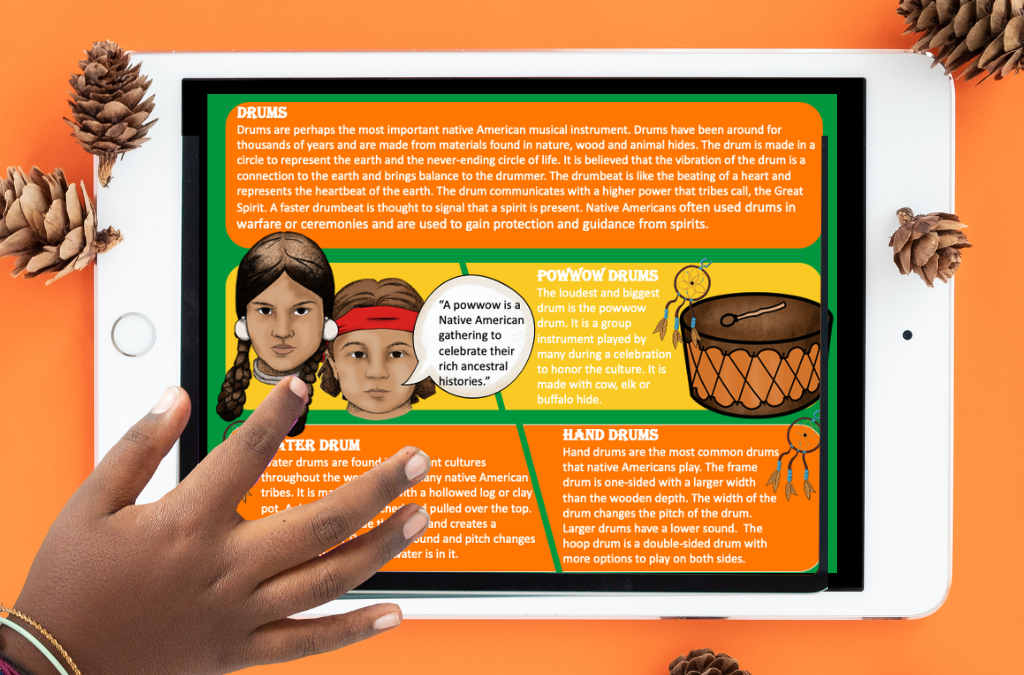

Save Your Voice
Consider also recording the information. Reading the information out loud to students helps ensure comprehension for all. To save my voice I make a voice recording. Try out voice generators. For this particular project, I used my grandson (mentioned above) who is part Cherokee on his mother’s side. It might also make a great class project to have different student record their voice for you. It does take several attempts, so they will really have the information down.
Music Activities
- Use infographics to give a lot of information in a visually interesting way
- Search the public domain to find Alice C Fletcher’s music from the Omaha tribe.
- Focus on the 3 main Native American music instruments: drum – flute -rattle
- Teach about respect for instruments through the drum keeper of the powwow drum.
- Music and relaxation with Native American Flute Music.
- Share Native American dances with traditional regalia.


Read more on how music around the world will enrich and grow your students all year!


